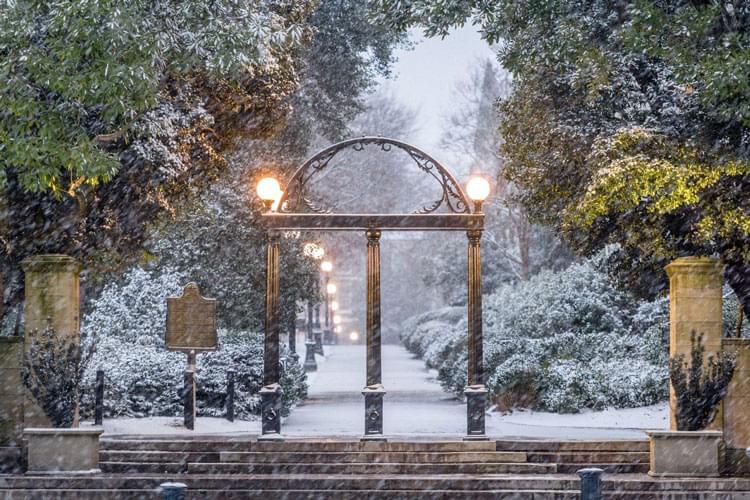With fall underway and the holiday season already warming up in Athens, GA, it’s time to get things toasty inside your home, too.

We’ll give you some handy hints today on getting your furnace ready for winter the easy way, so dive in!
1) Schedule Cleaning Before The Cold Kicks In
First things first: Don’t leave cleaning until the last minute just as winter is kicking in.
Understandably, professional contractors get slammed at this time of year, so it makes sense to book in your furnace maintenance and cleaning in plenty of time.
While you can undeniably attempt this yourself, you’re much better off leaving it to the pros.
2) Fire Up The Thermostat
Now it’s time to flick the thermostat from cooling to heating. Make sure to nudge the temperature several degrees higher than the current setting.
You should hear the heating fire up within a minute or so. If you don’t hear that telltale roar, remove the cover and check that the wires are all snugly in place. If you’re not comfortable with this, call your HVAC professional. You don’t want to take any chances unless you’re happy working with electrics.
If the connections are sound, check that the power source to your HVAC system is turned on. No dice? Try checking the furnace fan, heat pump, and blower. If you’re still not getting any traction, you should call in the professionals.
Hopefully, you’re up and running, though.
So what’s next?
3) Swap Out Your Air Filters
If the air filters in place sit behind a grill in the wall or they’re up in the ceiling, you’ll need to locate these and swap them out. You might rely on just a single filter in the system itself.
As a rule of thumb, you should change your filters several times a year.
Some filters are permanent. If you have one of these, make sure you wash it regularly, or performance will be impaired.
Not only will your system run more efficiently, but you’ll also prolong its lifespan.
4) Check The Chimney For Obstructions
Make sure you check the chimney to ensure no obstacles are stuck there.
Also check that there’s no build-up of soot while you’re looking for bird’s nests and other debris. Not only can soot accumulation reduce efficiency, but you’ll also subject yourself to a fire hazard.
If this is something you’ve overlooked for too long, change that now. If you can’t manage the job yourself, consider calling in a professional contractor.
5) Protect The Heat Pump Condenser
If your system is a Heat Pump, check the outdoor unit for obstructions. Tree limbs, bushes, and leaves that block the condenser coil will cause your system to work harder and reduce its ability to heat your home.
Leaves and other debris will collect over time in the bottom of the unit. This can cause water to collect in the bottom of the unit that is subject to freezing conditions in the winter months. This too can cause your unit to work harder as well as possibly damage the coil if this ice becomes extensive enough to put pressure on the copper in the coils.
6) Buff Up The Heat Exchange
If your system uses a gas furnace, and is over 5 years old, it is a good idea to inspect the heat exchanger for cracks and leaks. This is the part of the furnace that separates the air in the home from the exhaust fumes left behind when gas is burned. A crack or leak in this part can allow these fumes to mix into the air we breathe. This can lead to Flu type symptoms in healthy adults, considerably more serious issues in children and older adults, and long term exposure can cause death.
If soot, rust, or any other debris is observed in the heat exchanger then it should be clean, brushed, or vacuumed from the heat exchanger.
7) Make Sure All Vents Are Uncovered
Pay close attention to your heating vents to establish nothing is blocking them. Any obstructions can easily lead to your furnace overheating.
8) Test The Igniter Switch and Get Ready For Fall
Maybe you have an older system, and if so, you might need to relight the pilot. Most modern systems have an electric igniter.
In the event of any issues, hit reset then check the breaker.
So …
Follow these tips, and you’ll be ready for action when the temperature falls.
